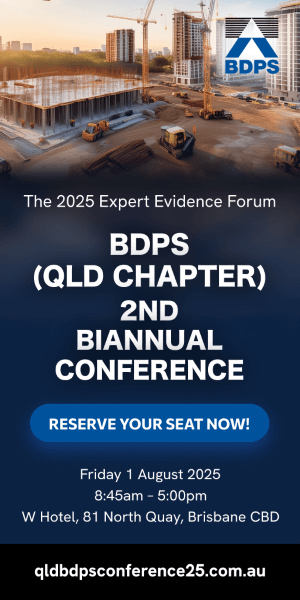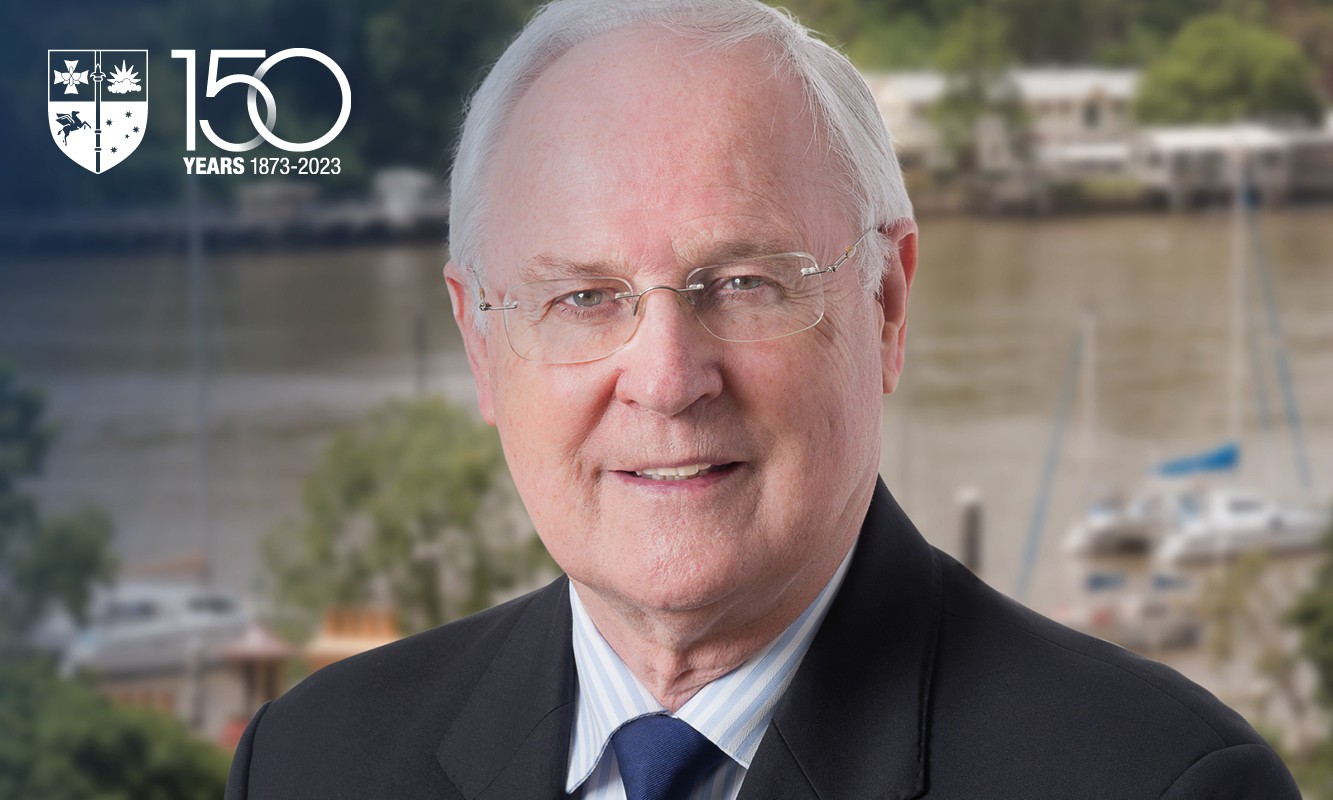I knew I was in for a difficult read when his Honour Justice Applegarth embarked on his analysis of Talbot v Boyd Legal (A Firm) & Ors [2020] QSC 185 with the observation that “[t]his complex case bristles with issues”.1
Given the numerous complexities explored across 30 pages of judgment, the subject of this column is confined to one of the issues the subject of a complex interim application for separate determination under Uniform Civil Procedure Rules (UCPR) rule 4832 – a claim for legal professional privilege in the context of 21 documents within a will instruction file.3
Briefly, Mr Talbot died in 2010 leaving a large, complex estate across a number of jurisdictions,4 administered under his probated 2002 will. The will was prepared by his long-term solicitor, Mr Boyd.
Subsequent to its completion, Mr Talbot’s affairs changed, with Mr Boyd recommending that Mr Talbot update the will. Over the course of several years Mr Boyd liaised with Mr Talbot and counsel regarding Mr Talbot’s estate planning.
In 2009 a new draft will was prepared, however further instructions were sought. In 2010, before the 2009 draft will was finalised, Mr Talbot died.5 On his death and until June 2012,6 Mr Talbot’s widow also engaged Mr Boyd in relation to issues arising from Mr Talbot’s death.
One of the issues in dispute were the terms of Mrs Talbot’s retainer with Mr Boyd and the relationship of Mr Boyd’s duties to the deceased, the executor of Mr Talbot’s will, and Mrs Talbot, insofar as they related to both the will and the new will file.7
And so on the question of whether legal professional privilege attaches to documents on a will file, his Honour distinguished instructions for a simple will where the instructions involve “implicit advice that the draft will produced in accordance with those instructions was effective to implement the client’s simple instructions”8 from those for complex estate planning, as was the case with Mr Talbot’s affairs.
“[W]hether or not documents within a will file are the subject of legal professional privilege depends upon questions of fact about the relevant retainer and the dominant purpose for which the document was created,”9 his Honour wrote. This is determined objectively10 with regard to the subjective intention of the creator of the document.11
“Legal professional privilege attaches to confidential communications made for the dominant purpose of obtaining or giving legal advice or the provision of legal services including representation in court proceedings.12
“Legal professional privilege does not attach to documents recording transactions, nor draft documents or other communications unless they expressly or by way of reasonable inference reveal the substance of the legal advice given.13
“A broad approach has been adopted in determining whether a communication is made for the purpose of obtaining or giving legal advice…legal advice is not confined to telling the client the law; it must include advice as to what should prudently and sensibly be done in the circumstances.14
“That approach has been followed in Australia.15
“…[D]iscourse between solicitor and client with reference to the transactions covered by those instructions, that is, professional discourse in a professional capacity, should be regarded as prima facie for the purpose of giving and receiving advice. This would apply to any communication that is on its face a communication of a professional nature from the solicitor to the client or his agent touching the subject matter of the solicitor’s engagement and any communication from the client to the solicitor in connection with that engagement. Only if the rule is applied in that way can the policy of it be carried out and its object practically fulfilled.”16
The method by which legal professional privilege may be established is by circumstance, nature of the documents or by argument.17
His Honour found that while “it may be possible in some cases to determine a question of legal professional privilege by reference to the nature of the documents, their contents and the context in which they appear in a certain file, evidence as to the circumstances in which the documents were brought into existence, including evidence of the intention of the document’s maker, or the person who authorised or procured it, is admissible”.18
And so the court found in this matter, that Mr Boyd’s evidence was essential, likely to be contentious, overlap other issues in dispute, and be required at a final hearing.19 This, of itself, was sufficient to dismiss the application.20
It should be noted that the subpoena provisions of the UCPR rules 414 and 637 were also extensively explored and practitioners would be well served in reviewing the decision for that discourse. However, section 18 and section 33Z21 of the Succession Act 1981 were not addressed because “a new will was not prepared”22 and it was not a matter where “the due execution of a will”23 was in issue.
Please also note that, at paragraph [130], the Queensland Law Society guidance note on the conduct of persons involved in the preparation of a will was mentioned but not addressed. Importantly for practitioners, at the time of publication, that QLS guidance note has been withdrawn and does not appear on the QLS website.
Ultimately, this decision demonstrates that the question of whether legal professional privilege attaches to documents within a will file is complex. On any request for such documents a careful analysis must be undertaken. The starting point for that is the broad principle that legal professional privilege is more likely to attach in relation to complex estate planning than in relation to simple will files.
Christine Smyth is a former President of Queensland Law Society, a QLS Accredited Specialist (succession law) – Qld, a QLS Senior Counsellor and Consultant at Robbins Watson Solicitors. She is an executive committee member of the Law Council Australia – Legal Practice Section, Court Appointed Estate Account Assessor, and member of the Proctor Editorial Committee, STEP and Deputy Chair of the STEP Mental Capacity SIG Committee.
Notes
1 At [4].
2 At [1].
3 See para 7. Please note the decision also involved a complex analysis of the subpoena rules, in particular rule 637 and the circumstances of when that could be invoked and whether it would be invoked.
4 At [13].
5 At[13]-[22].
6 At [23(d)].
7 At [24]—[37].
8 At [73].
9 At [36].
10 At [80].
11 At [82] citing Sydney Airports Corp Ltd v Singapore Airlines Ltd [2005] NSWCA 47 at [6].
12 At [69] citing Esso Australia Resources Ltd v Federal Commissioner of Taxation (1999) 201 CLR 49 at 64 [35], 73 [61].
13 At[70] citing AWB Ltd v Cole (2006) 152 FCR 382 at 417 [131] – [133].
14 At [71] citing Balabel v Air-India [1988] Ch 317 at 330.
15 At [72] citing AWB Ltd v Cole (2006) 152 FCR 382 at 406 [86] and 410 [100]; DSE (Holdings) Pty Ltd v Intertan Inc. (2003) 135 FCR 151 at 163-164 [38], 173 [71].
16 At [72] citing Andersen J Dalleagles Pty Ltd v Australian Securities Commission, (1991) 4 WAR 325 at 332-333.
17 At [76] citing Commissioner of Taxation (Cth) v Pratt Holdings Pty Ltd (2005) 225 ALR 266 at 278 [30].
18 At [90].
19 At [91].
20 As above, also at [138]; The court also rejected other submissions made in support of the application.
21 For a discourse on the application of s33Z see Saltmer v Rennick Lawyers Pty Ltd [2018] QSC 307 in particular paragraphs [21]-[23].
22 At [130].
23 As above.














Share this article